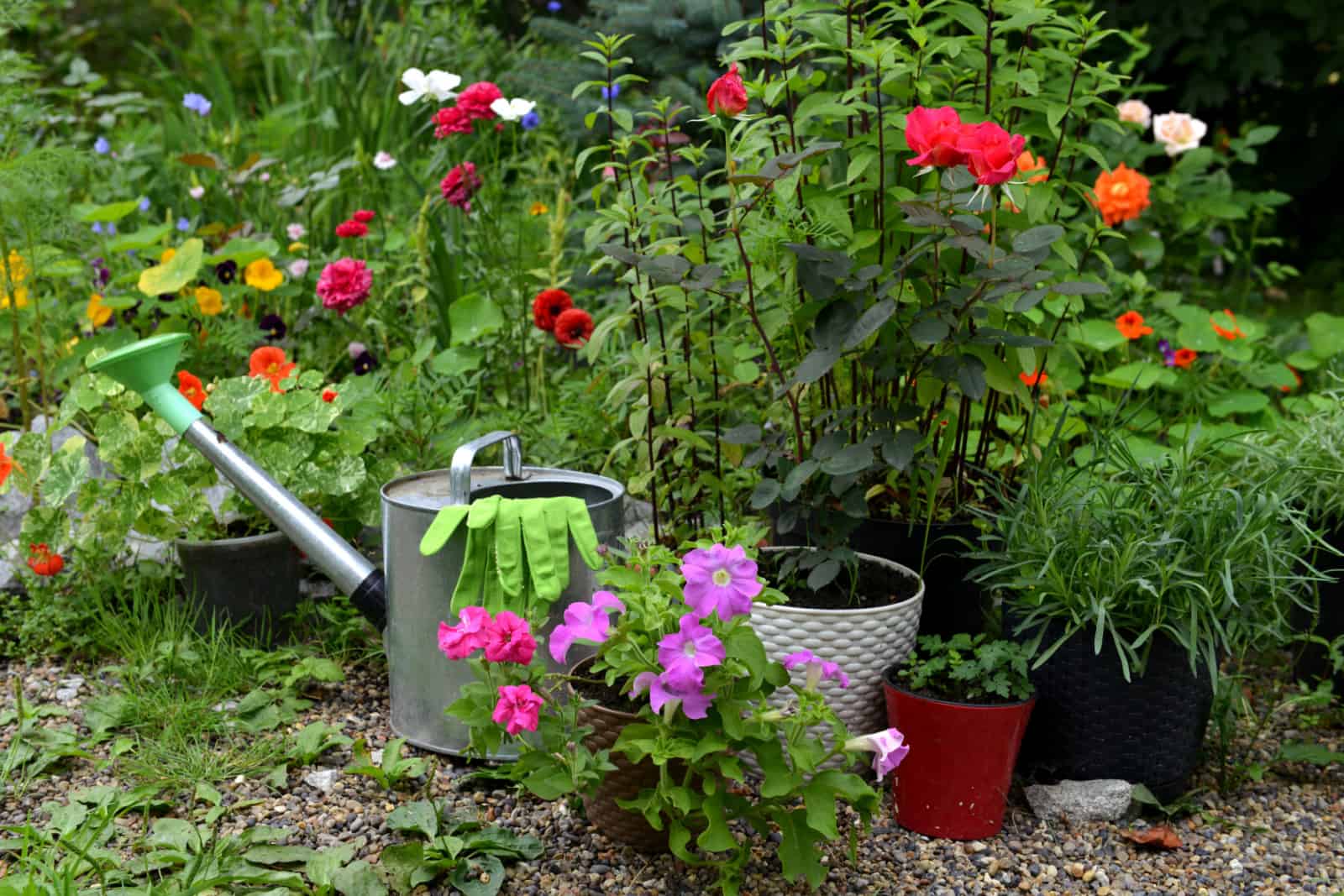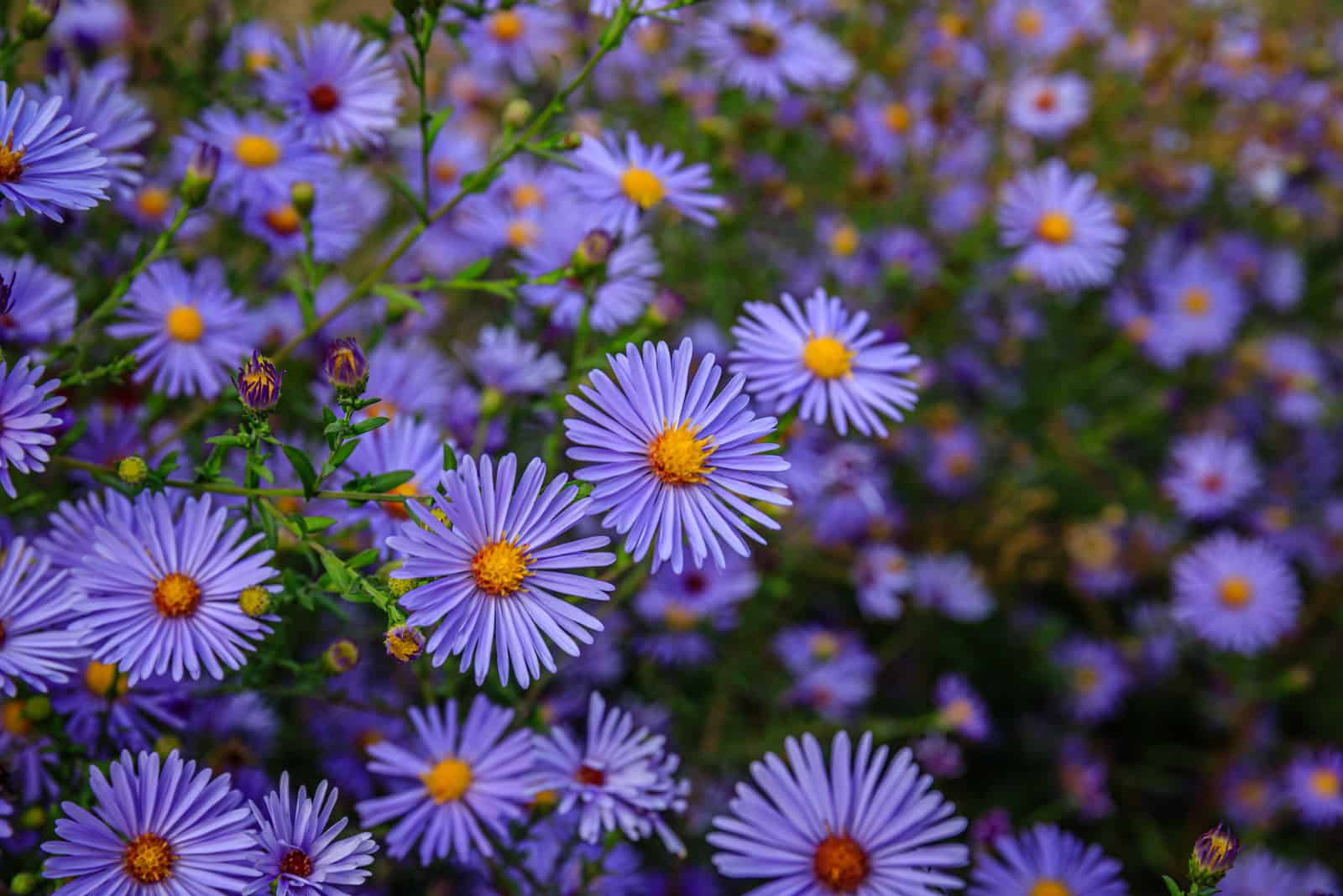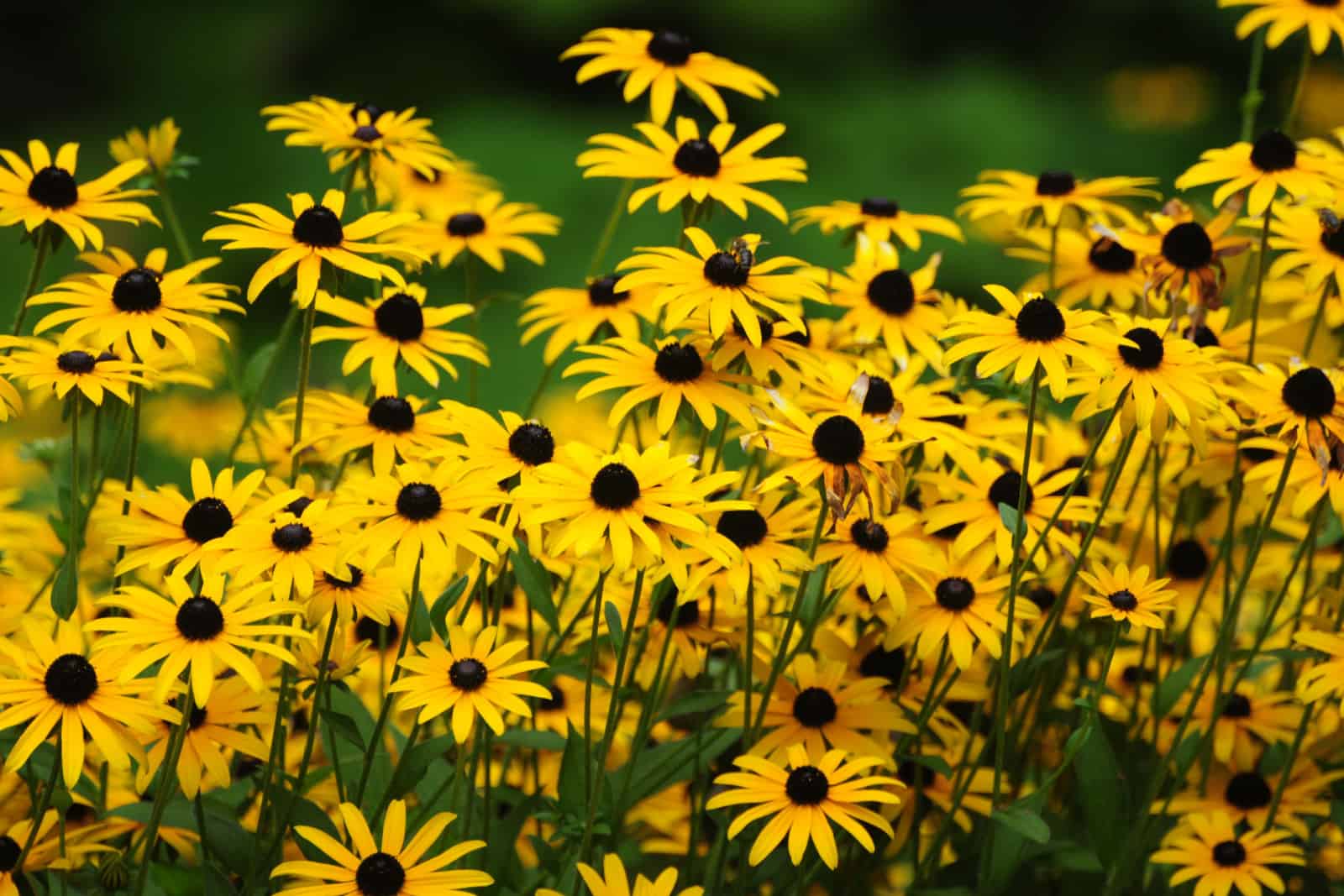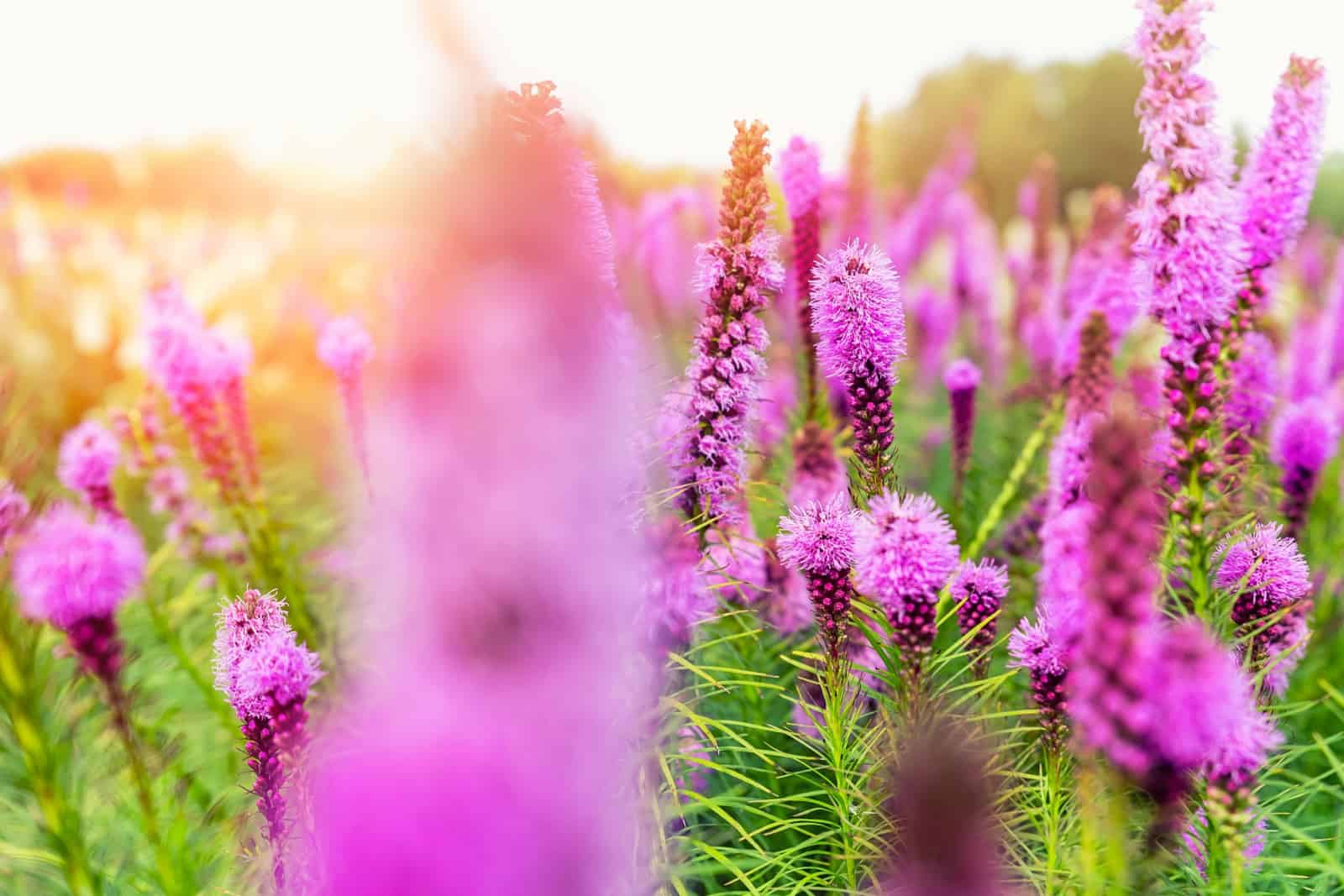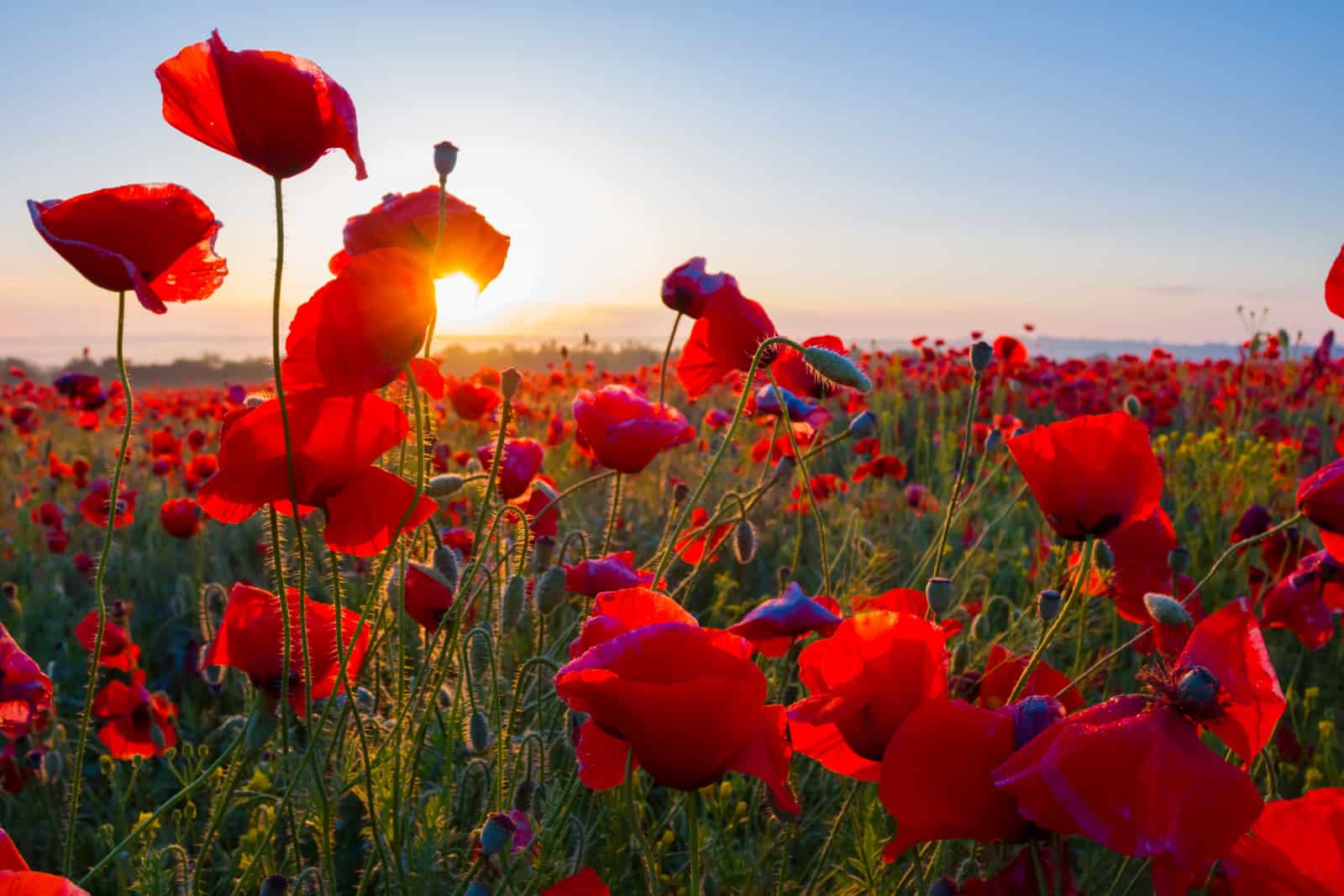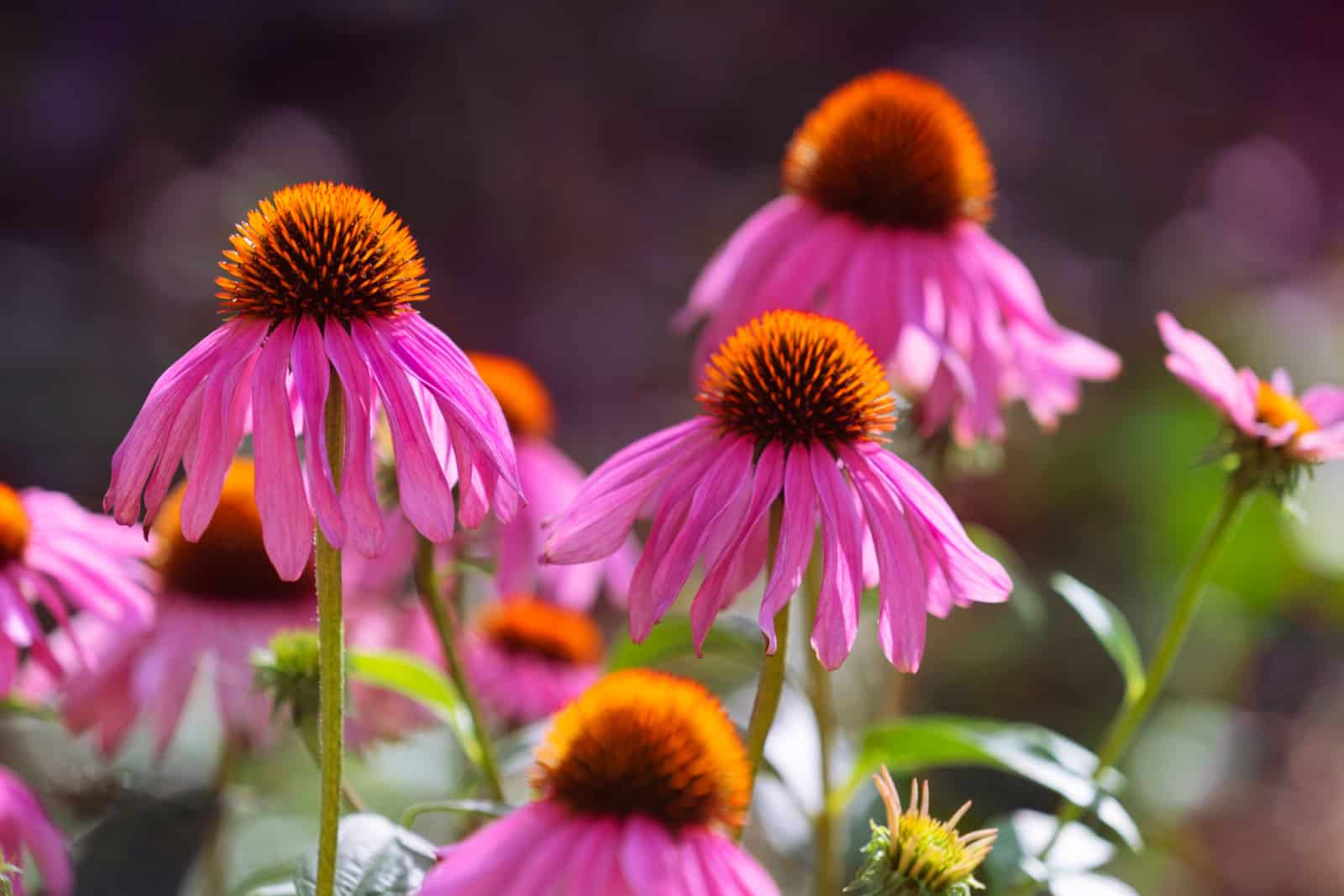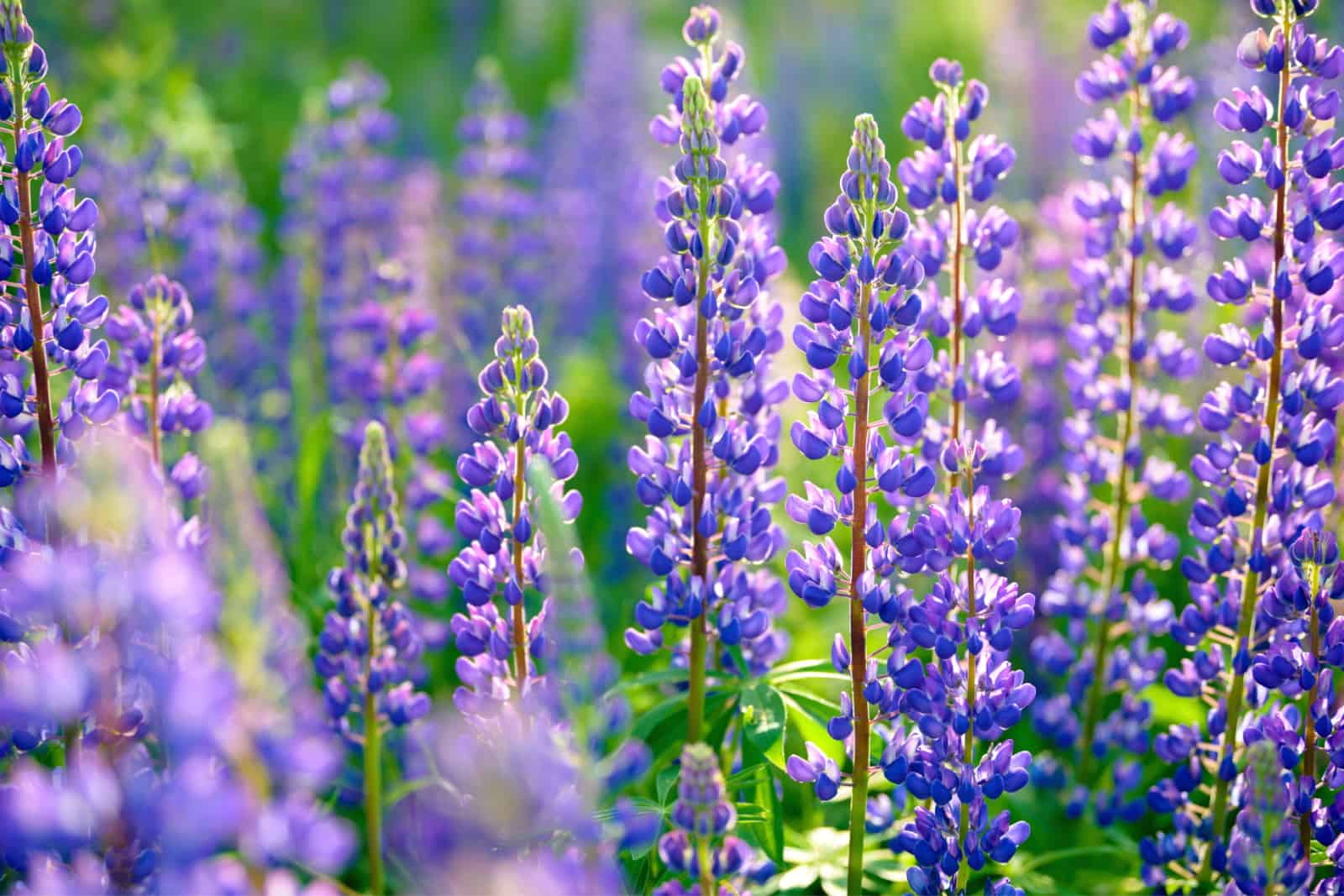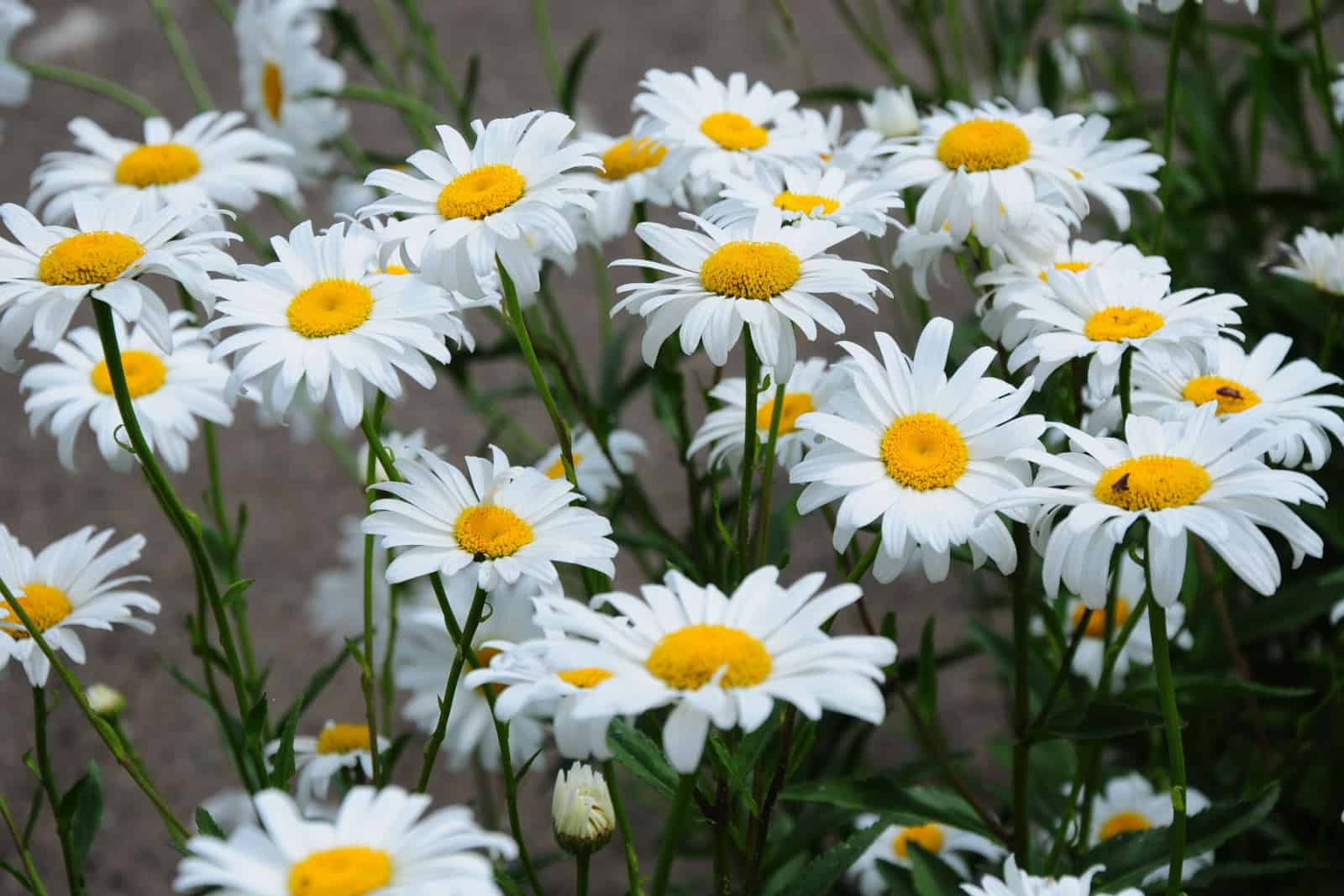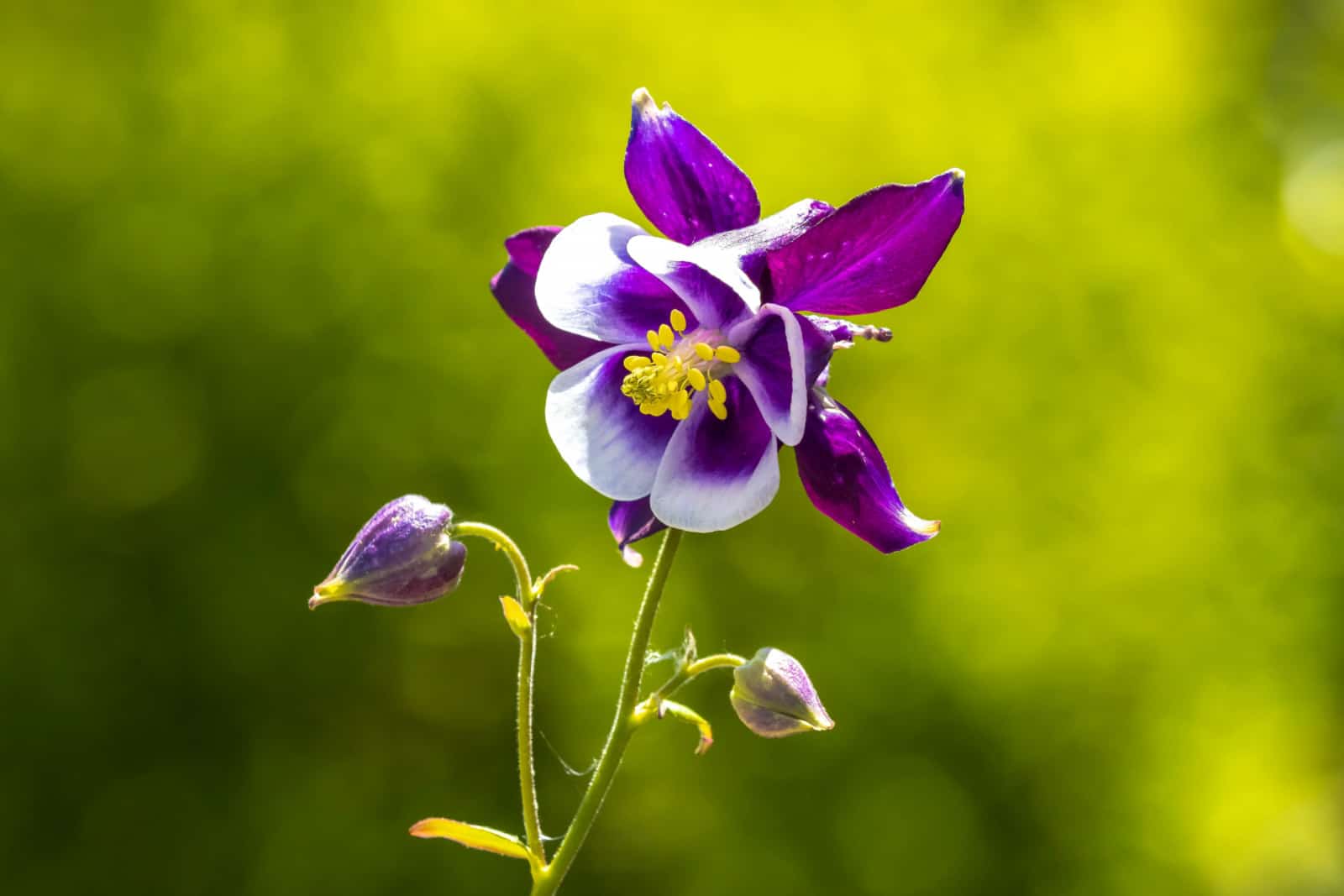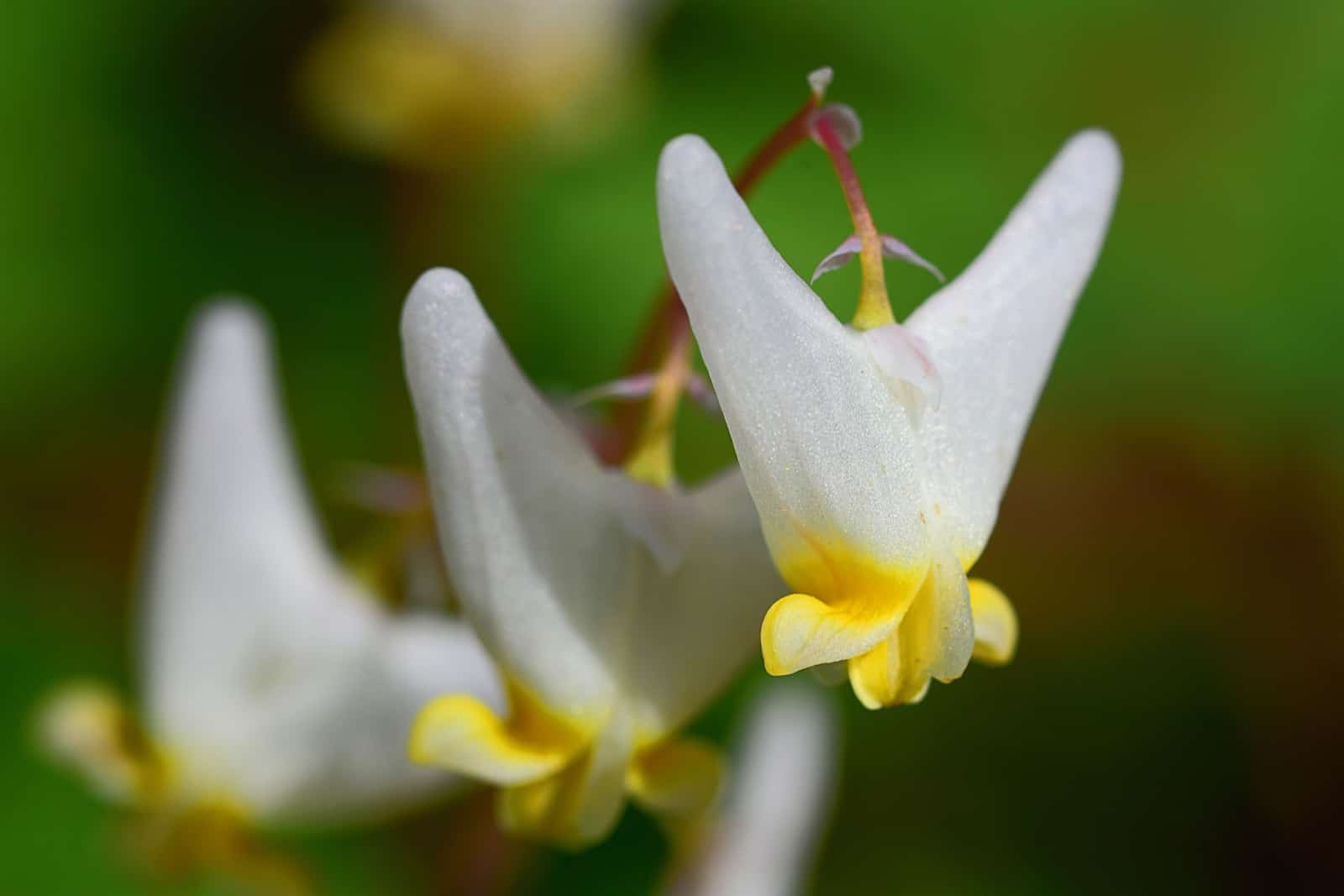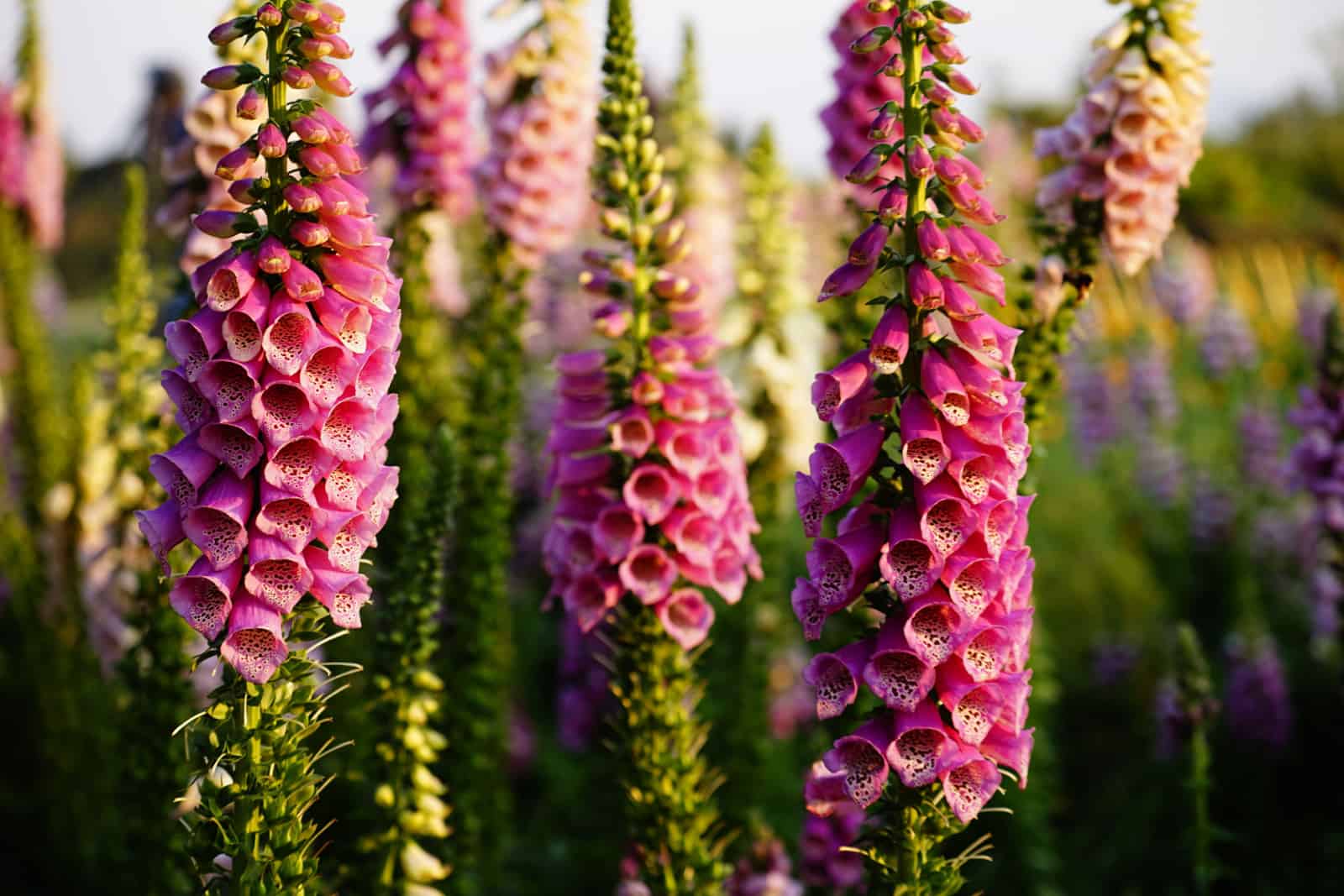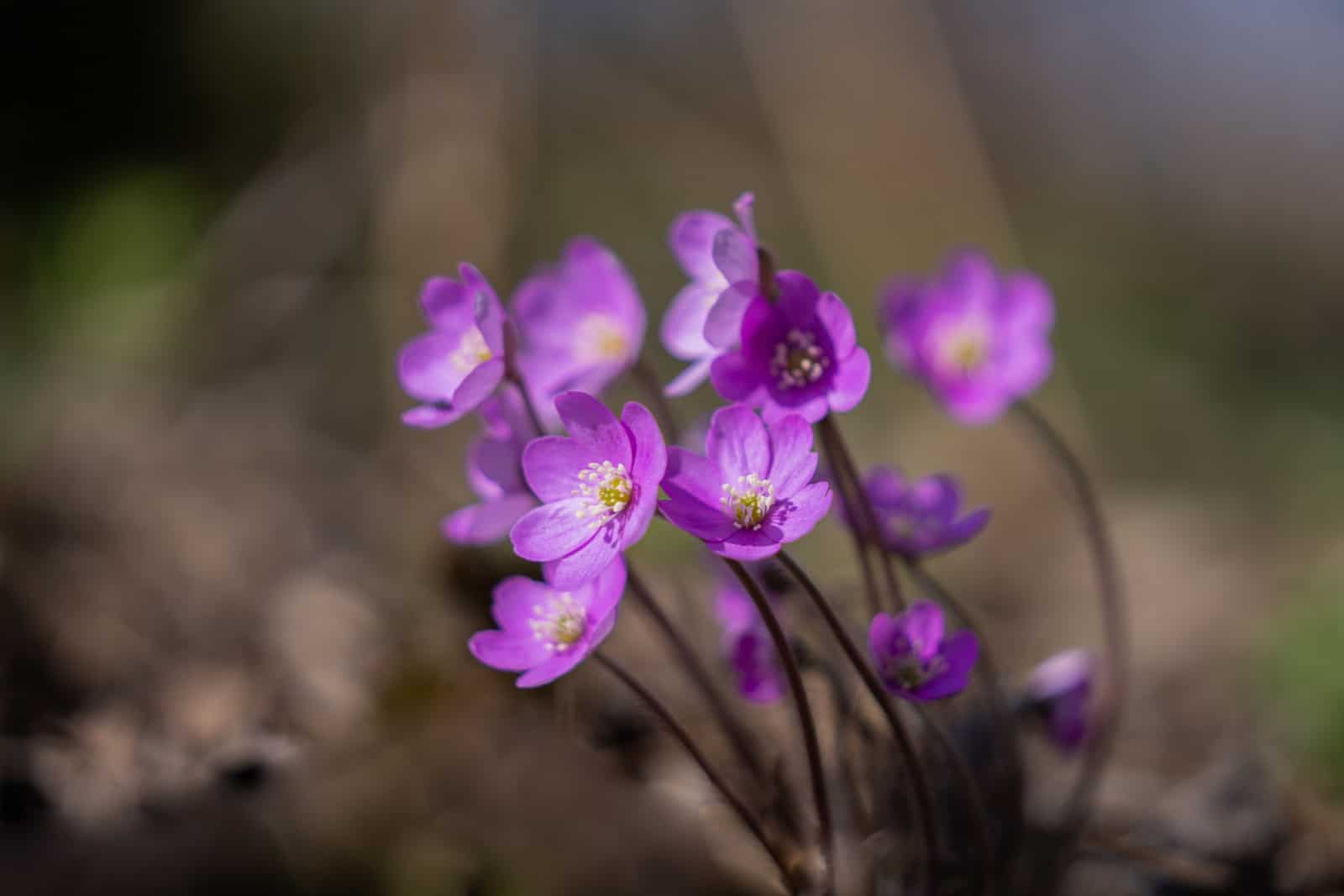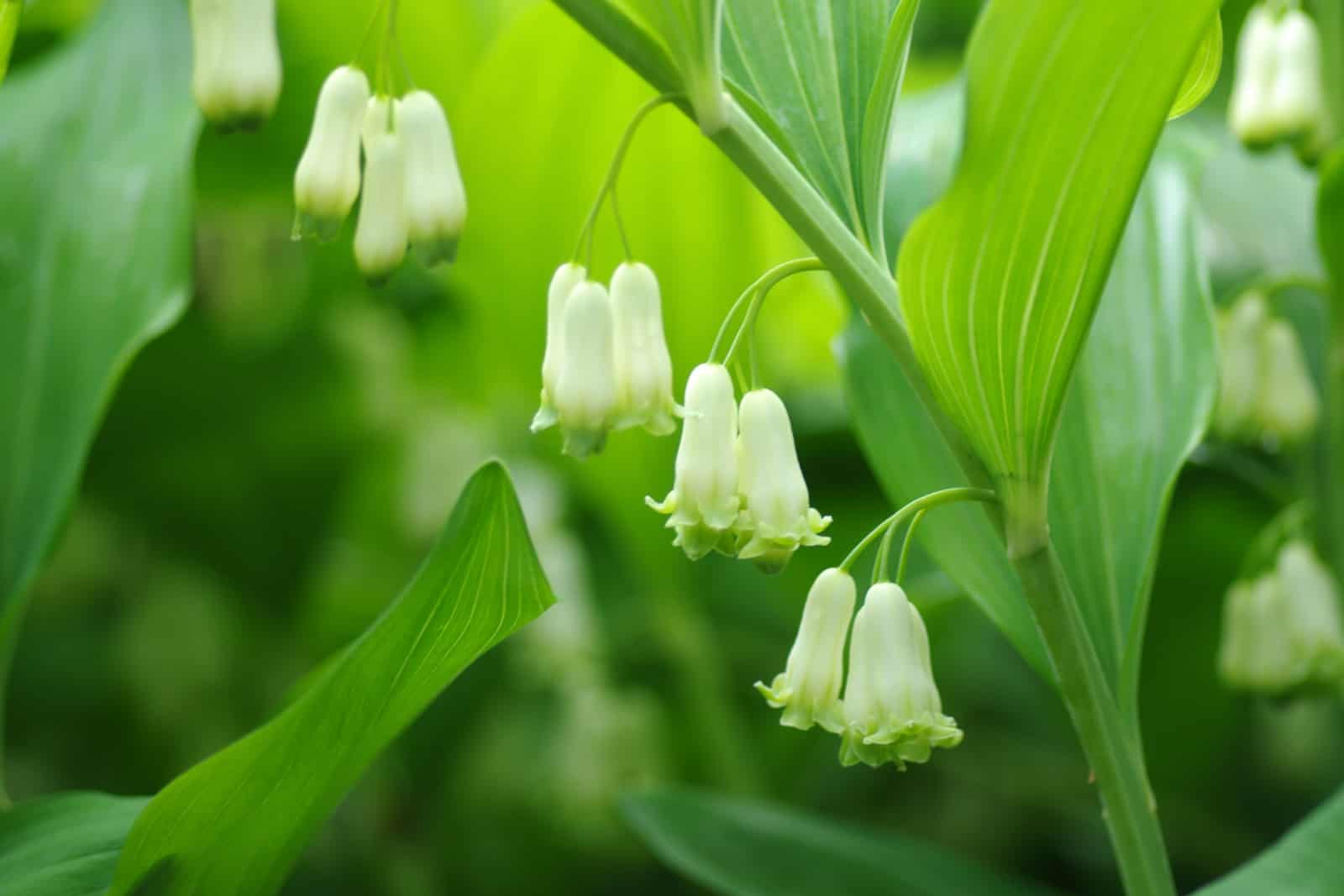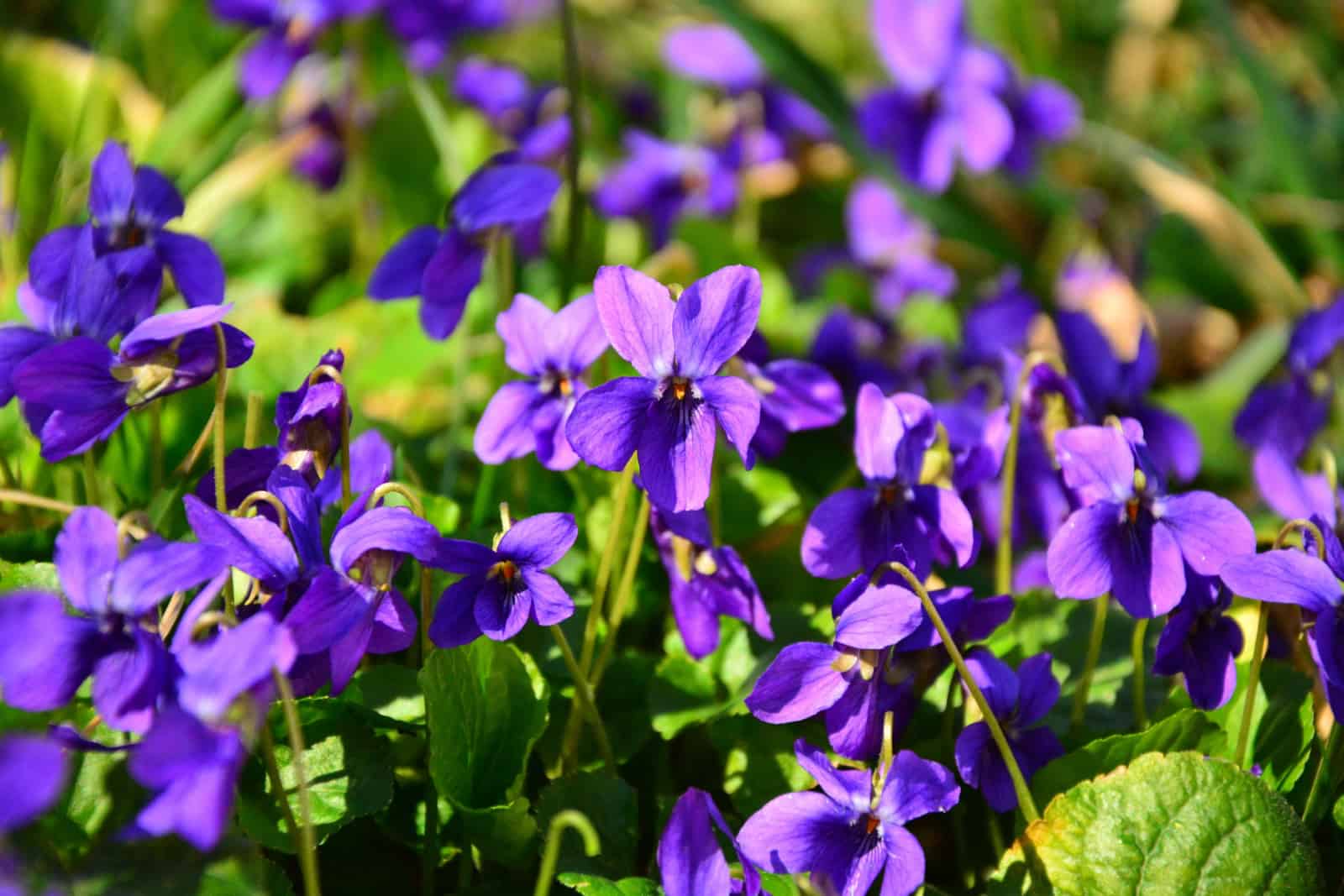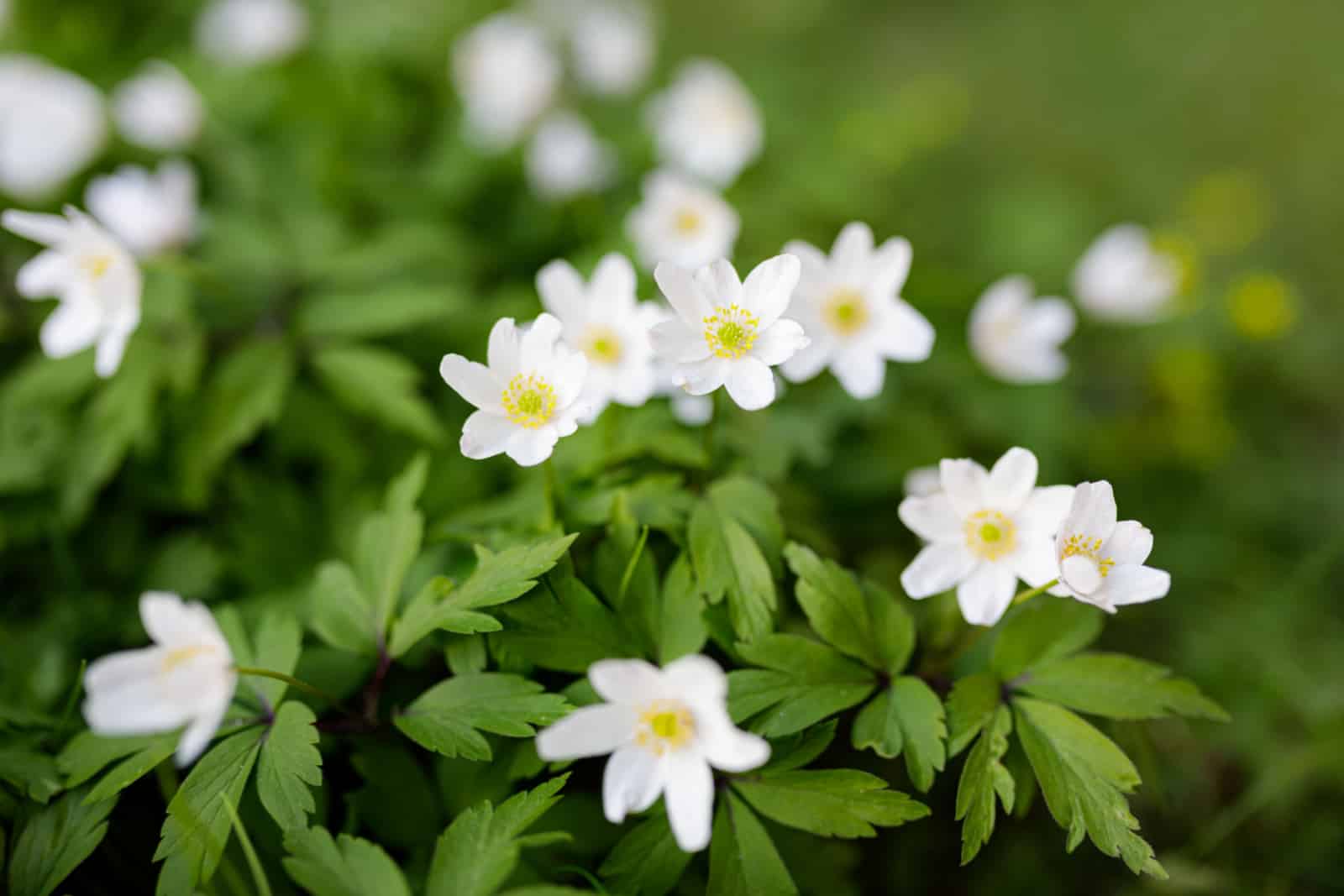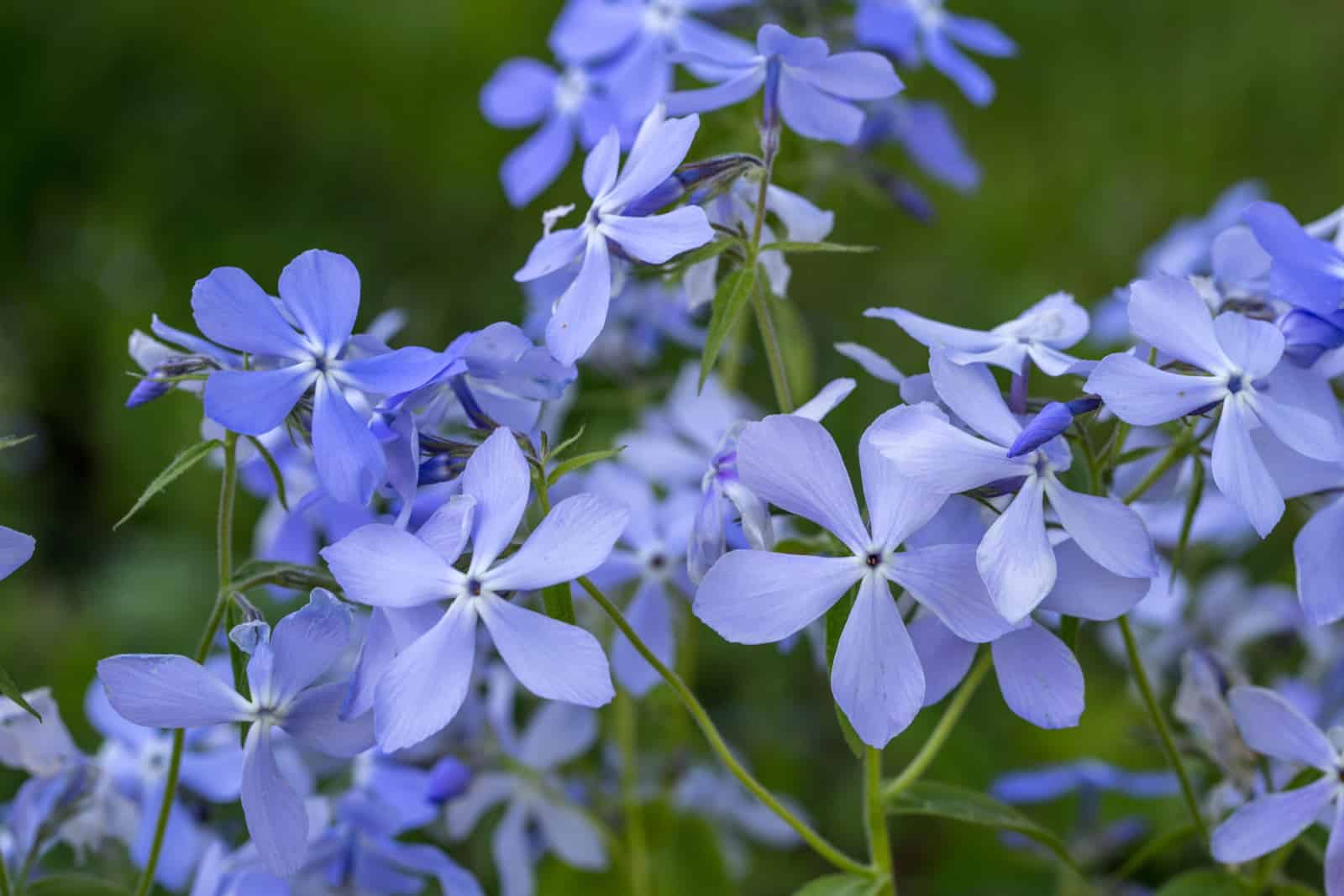With the spring craze already here and summer just around the corner, we all want as many annuals and perennials splashing color all over our gardens as possible.
And what better way to achieve this than by growing gorgeous wildflower plants?!
I’ll explore some of my favorite sun and shade-loving wildings, and give you a tip or two to help start your own wildflower garden, whether it’s a container or in-ground one.
Let’s dive in!
3 Tips To Help You Start A Wildflower Garden
Consider the sun exposure – Not all wildflowers require full sun to thrive, so you should consider which ones to get based on the amount of light your front or backyard gets.
Find a perfect site – Choosing a location based on its sun exposure is fine, but you’ll have to calculate some other factors as well. Find a place in need of a cover up so you can hide the unsightly patches with wildflowers.
And if you love relaxing outdoors, transform that piece of land into your own personal wildflower sanctuary.
Start small – You don’t have to plant a whole wildflower meadow at once. Choose 2-3 species and let them get established. It’s easy to introduce more flowers from there if you want to. This’ll also help you decide which species are suitable for your region.
21 Easy-Maintenance Wildflower Plants
Now that you’ve armed yourself with some necessary wildflower knowledge, let’s look at some examples and decide where to plant them.
Some you can grow in open meadows, others require more privacy, while the third type can be your no-mow solution. All of them will beautify your yard in an instant!
11 Sun Lovers
The play of sun and shadow brings life to art, so you can imagine how good it looks in real life!
Actually, we don’t have to imagine anything. There are always sunnier and shadier parts of our gardens, with specific plants planted in each.
And to be fair, classic meadows do get plenty of sunlight, so why not decorate them with some of the following plants?
1. Aster
Bright and dense patches of white, pink, purple, or blue asters beat empty space any time.
This species is on the list of plants that attract butterflies and hummingbirds, which makes it perfect for attracting wildlife and bringing life to your landscape.
It grows best in loose and loamy soils with good drainage, or you can grow it in a container filled with a mixture of garden soil and compost.
Follow these steps and you’ll enjoy their colorful heads in late summer and fall.
2. Black-Eyed-Susan
A few years back, I had what you may call a wildflower phase where I only planted woodland species and went for a specific look.
Black-eyed-susans were one of my favorites as they have no issues with full sun and are perfect for anyone who wants a low-maintenance plant that attracts pollinators.
Unfortunately, they also attract other wildlife, including deer and rabbits, so don’t keep them near your vegetable gardens!
What I love about these plants is that they’re not particularly demanding about the soil either. Moderately fertile, well-draining, moist soil will ensure you can admire their looks from June to September.
3. Blazing Star
If you want a sun-loving plant that compliments lavender, then you can’t go wrong with the blazing star.
This species attracts beneficial insects, so it’s ideal for your pollinator garden.
And for an enchanting display, combine it with lavender, Russian sage, or rosemary (or all three of them) and shasta daisies.
The blazing star flowers through July and August, and once it gets established you won’t even have to water it that much. Just make sure to plant it in a less fertile medium – a no-fuss plant, indeed!
4. Blanket Flower
I love the combination of blanket flowers and black-eyed-susans because of their complementary shades and blooming seasons.
The former blossoms a bit earlier, so you’ll extend the flowering season and enjoy the overlapping period by growing them together.
Since blanket flowers grow quickly and densely, you can use them to avoid mulching and attract beneficial insects at the same time.
Plant them in less fertile soils with good drainage, and they’ll adorn your front yard with vivid red and yellow flowers from early-to-late summer. (1)
5. Common Poppy
Red poppies amidst a field of wheat is a picturesque scene that leaves no one indifferent. You should include it in your own wildflower garden, especially as it contrasts the color green.
Its blooms last briefly, but they are perfect for anyone who wants bright pops of color here and there or a companion to a blue or purple coneflower. You’ll attract some bees and other pollinators along the way.
If you give the red poppy plenty of sunshine and a well-draining substrate rich in organic matter, it’ll open its flower head in spring or early summer.
6. Coneflower
If you want to add some flowers representing strength to your garden, you won’t make a mistake with coneflowers.
They get along nicely with many different plants, attract pollinators, are easy to grow, perennial, and spread without trouble, so you can say goodbye to bare patches! (2)
Coneflowers are drought-tolerant and need a well-draining substrate for optimal growth, with some species even tolerating infertile mediums.
So, getting to the colorful prize isn’t that hard; just let them be, and you can admire their purple, red, or white blossoms from June to August.
7. Perennial Lupine
These perennial wildflowers are perfect as both in-ground and container plants, but a combination with shasta daisies is to die for.
They closely resemble rattlesnake tails, but their white, pink, yellow, red, and purple blossoms will put you at ease in late spring and early summer.
Perennial lupine doesn’t live that long, but it self-seeds and will keep your garden colorful for years to come. It’s also resistant to deer, and yet attracts beneficial wildlife such as pollinators, and improves nitrogen availability to your other plants.
Plant it in moist and well-draining soil, and it’ll flourish.
8. Shasta Daisy
By now, you know that the shasta daisy is an excellent companion to various sun-loving plants, and that’s because of its simple appearance.
It is a low-maintenance hardy perennial that tolerates cold down to zone 4, so it’s perfect for the Midwest.
Shasta daisies also attract all sorts of beneficial insects, from pollinators to natural predators, so pest control will be much easier with a couple of these sprinkled around.
They bloom from early summer to fall, but you’ll have to plant them in a fertile, moist, and well-draining growing medium.
P.S. They make excellent cut flowers!
9. St. John’s Wort
St. John’s wort is on the list of weeds with small yellow flowers because it multiplies rapidly and can invade your garden. But if you keep this bush in check, it’ll bring a piece of sunshine to your wildflower garden.
It is perfect for anyone who wants a seamless border plant, to add more texture to their flower beds, and attract wildlife to their woodland-style yard.
If you provide St. John’s wort with sufficient light and well-draining soil, it’ll show its golden hue from June to August. (It can tolerate slow-draining substrate and partial shade, but it won’t bloom as abundantly.)
10. Sunflower
We all love summer and fall-blooming sunflowers! Once you see all the awesome sunflower companion plants, you won’t be able to resist growing at least one combo – or at least, I couldn’t!
There are so many reasons why this plant could be the best choice for you. It attracts pollinators, provides you with free seeds, makes a great home to birds, looks amazing, and is great for cut flowers.
It’ll track the sun’s movements throughout the day, but you’ll have to plant it in a well-draining substrate if you want to see the best growth. Luckily, it can handle various soil types, including clay, loam, and sand, so you don’t have to be particular about that. (3)
11. Yarrow
Yarrow is the last of the sun-loving wildflowers I’ll mention today, but that doesn’t make it any less special.
It’s perfect for anyone with a vegetable garden since it attracts pollinators and natural predators and serves as a trap crop. If you’re interested in its aesthetic benefits, you’ll be glad to hear that it has excellent ground cover abilities.
This wildflower can handle neglect like a champ, so you don’t have to worry about growing it in the best of conditions. However, it will grow better in well-draining and fertile substrates, although that’s not a necessity for this plant as it blooms spring through fall.
10 Shade Lovers
These shade-loving wildflower plants grow great under trees, sheltered by house walls, or overarched with taller species.
They need some protection during the hottest times of day, but they love morning or late afternoon sunshine.
1. Columbine
The columbine shows off its star-shaped flowers in spring and summer, and comes in shades ranging from white and pink to deep purple and blue.
You can find this species on the list of rock-garden plants, so it’s perfect for any garden with less fertile soil.
The Columbine self-seeds, so it will easily spread all over your garden and cover the unsightly soil patches. But if you don’t want it to invade your other spaces, you’ll have to keep it in check by removing some plants before they flower.
Did I mention that it’s also deer-resistant?
2. Common Spotted Orchid
The cone-shaped flower clusters that resemble lilacs really make me jealous of anyone who can grow this plant in their yard.
If you live in a freezing region, then this is the plant for you, as it can tolerate conditions down to -20°F.
However, you’ll need a nutrient-rich, fast-draining substrate since this spotted orchid is very particular about those things.
It flowers some time between June and August, so you’ll be able to enjoy its white, pink, or purple blossoms on warm summer nights.
3. Dutchman’s Breeches
If you can’t decide whether you want a fern floor around your tree or to go with something more traditional, such as white flower, don’t decide – choose both!
The Dutchman’s breeches will provide plenty of greenery and cascading white flowers your neighbors will be jealous of.
This plant is perfect for everyone who wants to attract more pollinators to their garden.
It flowers early in March and April, so you can combine it with late-blooming varieties to get a colorful garden for most of the year.
What I find interesting about this plant is that it’s actually the ants that spread their seeds, although it does spread the conventional way too; by underground stems.
It will technically take care of itself; just provide it with a nutrient-rich substrate.
4. Foxglove
Foxglove is a signature plant of the English cottage garden style, so you can’t miss out on it if that’s your goal.
One of the things that makes it perfect for owners with unsightly patches in their yard is that it self-seeds and spreads quickly.
Foxglove will bloom in early summer, so you can pair it with early and late-flowering plants for an all-season display.
It does best in well-draining and moist mediums, so you should water it 1-2 times a week in spring and summer.
5. Liverleaf (Hepatica)
This low-growing plant amazes me everytime I see it in a woodland or wildflower garden style.
It looks its best when planted in abundance, making it perfect for anyone with a rock garden, a unique ground cover, or a border around their lawn or beds.
This wildflower shows its star-shaped apparel in early spring, usually obtaining shades of blue, although it can be pink, violet, or white as well. (4)
The liverleaf thrives in various soil types, but needs them to be well-draining and moist.
6. Solomon’s Seal
The cascading white flowers among the Solomon’s seal greenery make this plant an indispensable part of a woodland garden.
It is suitable for all gardeners who want to try out a forest design because it thrives in nutrient-rich, moist, and partially shaded settings.
The Solomon’s seal shows its snowdrop-like flower heads in May and June, although they quickly turn to berries (which are toxic to us, so don’t try and taste them!).
7. Violets
Violets are one of my favorite native wildflowers, and I used to plant them all around my home.
However, this plant is on the list of weeds with blue flowers because it spreads with rhizomes and can multiply all over your yard. Therefore, it’s not ideal for those keeping a neat and tidy lawn.
But you can still use it to decorate the perimeter of your home with its violet-blue blossoms from late winter to early summer.
Simply plant it in a well-draining substrate. You might only need to water it during excessive periods of drought.
8. Virginia Bluebells
This native North American wildflower adds texture to every setting as it self-seeds and forms soft, thick colonies that’ll fill in any bare patches.
It grows easily in shady gardens, so it’s perfect for everyone who wants to reduce their landscaping work. You can combine it with hostas and similar shrubby plants for an astounding appearance.
The trumpet-like flowers appear in spring and go nicely with daffodils, before entering dormancy in early summer. (5)
Virginia bluebells do best in rich and moist soil, and part or even full shade, so they’ll blend in nicely under dense tree canopies and in northern corners.
9. Wood Anemone
Wood anemones remind me of Tolkien’s simbelmynë, so being the ardent fan I am, I had to try and grow them!
What saddened me was the fact that these plants don’t spread that fast, so they’re not an optimal choice if you want to cover something up.
But if you have a shady, moist, and humus-rich location (and a lot of patience), then this is the wildflower for you!
Finally, what makes this plant suitable for woodland gardens is the fact that it blooms in early spring, so it’ll break the dreary feeling of winter.
10. Woodland Phlox
Planting these tiny, dense bushes of blue, pink, purple, and multicolor flowers will make your neighbors jealous of your woodland garden.
They spread slowly but are low-maintenance and can tolerate both part sun and heavy shade. Not to mention they don’t disappear in the summertime like many other spring-blooming species!
They’re hardy down to USDA hardiness zone 5, so you won’t have to protect them even when the temperatures drop to -20°F. (6)
P.S. They attract numerous pollinators, so they’re perfect for anyone with a vegetable garden and make excellent cut flowers!
Growing Potted Wildflowers
Meadows filled with wildflowers are an unforgettable scene, but if you don’t have enough space to recreate it, there’s still one thing you can do – container planting.
Here are a couple of tips that helped me set up my potted wildflowers to succeed:
Choose proper containers – Terracotta pots with drainage holes in the bottom were my number one help during this venture.
They ensure the best possible drainage for these plants. I also go for lightly colored planters such as white and beige since they don’t attract that much light and maintain consistent temperatures.
Use a loose potting soil – Drainage holes won’t do much on their own if you don’t use a loose, well-draining, and aerated substrate. Combine compost with potting soil and add some pumice if you want to go a bit extra with drainage.
Some growers advise adding a layer of gravel or stones to the bottom, but my plants grow perfectly well without this.
Get wildflowers suitable for your region – Although container planting allows for more control of growing conditions, it is always better to go with plants that can grow in your climate. Native wildflowers will have a higher success rate.
Buy seeds from reputable sources – This tip is self-explanatory. Basically, you’ll purchase healthy seeds that germinate quickly and don’t carry any diseases that may destroy your plants.
Mulch the plants – This technique will suppress weed growth and allow the soil to maintain more moisture, so you won’t have to water your wildflowers that frequently.
Hopefully, these tips will get you started on your wildflower garden, although I do have one more piece of advice for the end; get some seeds and plant them right now!
Don’t overthink it! Just try something and go from there.
Until next time!
References:
1. Mahr, S. (n.d.). Blanket flower, Gaillardia spp. UW-Madison, Wisconsin Horticulture Division of Extension.
2. Coneflower, Purple (Echinacea purpurea) (2021). Iowa State University, Horticulture and Home Pest News.
3. Trott, R. (2020). Sunflower. University of Minnesota Extension.
4. Mahr, S. (n.d.). Hepatica. UW-Madison, Wisconsin Horticulture Division of Extension.
5. Mahr, S. (n.d.). Virginia Bluebells, Mertensia virginica. UW-Madison, Wisconsin Horticulture Division of Extension.6. Mahr, S. (n.d.). Woodland Phlox, Phlox divaricata. UW-Madison, Wisconsin Horticulture Division of Extension.

